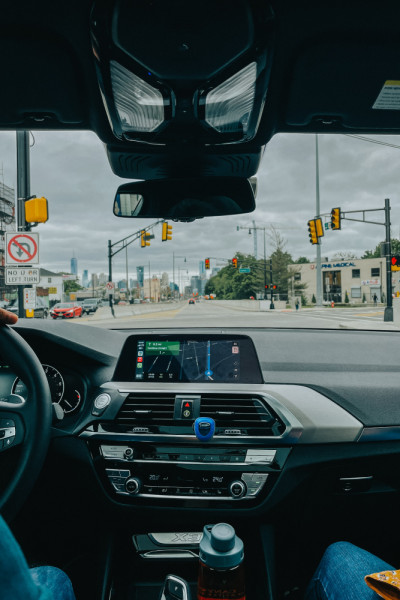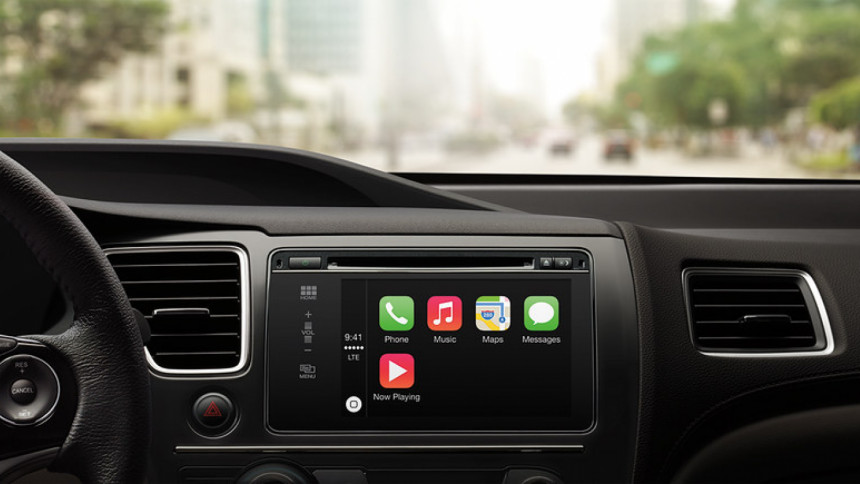Apple CarPlay can now run on every screen on your dash

Locally available infotainment systems in general have not been the best. Stock infotainment systems which generally come with the car are pre-installed and are of good quality, but the problem arises in the software department. In most cars, the infotainment interaction experience is slow and laggy, to the point phone operating systems have been providing supplementary software for a long time: Apple with CarPlay and Android with AndroidAuto.
After announcing new software for the iPhone this year, Apple has revealed new integrations for Apple CarPlay. This new version of Apple CarPlay is said to take over all the screens in a car, displaying infotainment content as well as the speedometer, and is able to run on practically any available screen that is present in the dash - screens that recent cars have many of.

The new overhauled infotainment experience adapts with CarPlay and can pair with vehicle hardware if the manufacturer allows. It can also override the stock infotainment system to an Apple interface. Apple CarPlay also supports messaging and music apps that you can use on your iPhone, including but not limited to WhatsApp, Line, Spotify, Audible, Amazon Music, YouTube Music and audiobooks apps. The interactive display of the CarPlay also allows the user to arrange the apps through their iPhone as well. All in all, for a regular iPhone user, having the Apple CarPlay means a lot more integration and control when commuting.
Apple has had CarPlay for a long time and it slowly integrated features such as hands-free calling and receiving, as well as changing music and telling the weather all through an existing iPhone. The iPhone usually connects to the car infotainment through a cable or even wirelessly if the features are accessible and the car supports them. Upon accessing CarPlay, the infotainment of the car gets overridden, which then allows access to these features.

As of now, the most CarPlay can do is use a car's built-in mic to access voice commands through Siri but the new iteration of the software can take over a lot of the hardware features of a car which could have been toggled through the car's built-in operating system. Some of the more notable of these features include being able to display speed, RPM range and oil and water temperatures. The theme of the CarPlay can also be changed to many colours and variations; where the default looks like the WatchOS bubbles present in the existing Apple watches. A lot more can be done with CarPlay as per the owner's needs and preferences.
Other features include setting the climate hands-free and tuning the radio without going back to the original interface. Additional software integrations include full access to the outside weather and miscellaneous widgets which were not available before such as Apple Maps, which now can be set in the middle of the speedometer, or can be toggled anywhere among the screens.

These new CarPlay integrations can ultimately revolutionise the way we interact with the car, especially with the screens. Manufacturing companies have been doing infotainment systems for many years but they could not make the experience seamless the way CarPlay has already been doing it. When Apple will finally roll out the second generation of CarPlay, Apple promises to turn even old systems supporting CarPlay into what they showed in the keynote. This can be most advantageous to our country as it can elevate the experience of older Toyotas and European cars. By using an iPhone, you are eliminating the need for janky Android players which start to lag after half a year of usage.
Although Apple showed a demo of the new infotainment system, it is said the system would be available somewhere in mid-2023 to the general public. Apple also says that the new features would be reverse compatible with cars that already support CarPlay. Overall, the new integrations from Apple could be revolutionary as it is almost a functional skin for an existing old infotainment system.


 For all latest news, follow The Daily Star's Google News channel.
For all latest news, follow The Daily Star's Google News channel. 



Comments